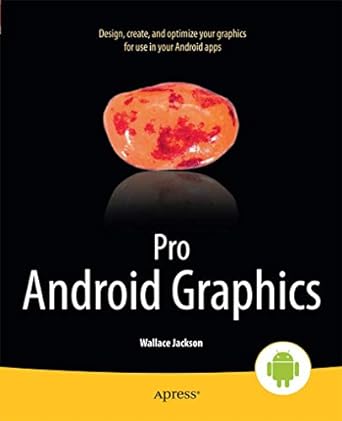Question
Communication-channel digital-filter design A range of frequencies between 900 MHz and 905 MHz is divided into 20 equal-width channels in which wireless signals may be
Communication-channel digital-filter design
A range of frequencies between 900 MHz and 905 MHz is divided into 20 equal-width channels in which wireless signals may be transmitted. To transmit in any of the channels, a transmitter
must send a signal whose amplitude spectrum fits within the constraints of Figure 14.43. The transmitter operates by modulating a sinusoidal carrier whose frequency is the center frequency of one of the channels, with the baseband signal. Before modulating the carrier, the baseband signal, which has an approximately flat spectrum, is prefiltered by an FIR filter, which ensures that the transmitted signal meets the constraints of Figure 14.43. Assuming a sampling rate of 2 million samples/second, design the filter.
We know the shape of the ideal baseband analog lowpass filters impulse response
where fm is the corner frequency. The sampled impulse response is
We can set the corner frequency of the ideal lowpass filter to about halfway between 100 kHz and 125 kHz, say 115 kHz or 5.75% of the sampling rate. Let the gain constant A be one. The time between samples is 0.5 s. The filter will approach the ideal as its length approaches infinity. As a first try set the mean-squared difference between the filters impulse response and the ideal filters impulse response to be less than 1% and use a rectangular window. We can iteratively determine how long the filter must be by computing the mean-squared difference between the filter and a very long filter. Enforcing a mean-squared error of less than 1% sets a filter length of 108 or more. This design yields the frequency responses of Figure 14.44.
This design is not good enough. The passband ripple is too large and the stopband attenuation is not great enough. We can reduce the ripple by using a different window. Lets try a Blackman window with every other parameter remaining the same (Figure 14.45).
This design is also inadequate. We need to make the mean-squared error smaller. Making the mean-squared error less than 0.25% sets a filter length of 210 and yields the magnitude frequency response in Figure 14.46.
This filter meets specifications. The stopband attenuation just barely meets the specification and the passband ripple easily meets specification. This design is by no means unique. Many other designs with slightly different corner frequencies, mean-squared errors or windows could also meet the specification.
Step by Step Solution
There are 3 Steps involved in it
Step: 1

Get Instant Access to Expert-Tailored Solutions
See step-by-step solutions with expert insights and AI powered tools for academic success
Step: 2

Step: 3

Ace Your Homework with AI
Get the answers you need in no time with our AI-driven, step-by-step assistance
Get Started


